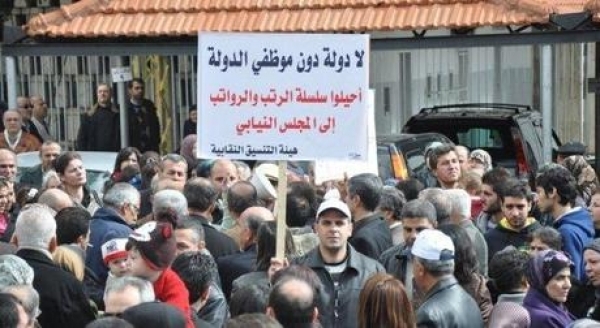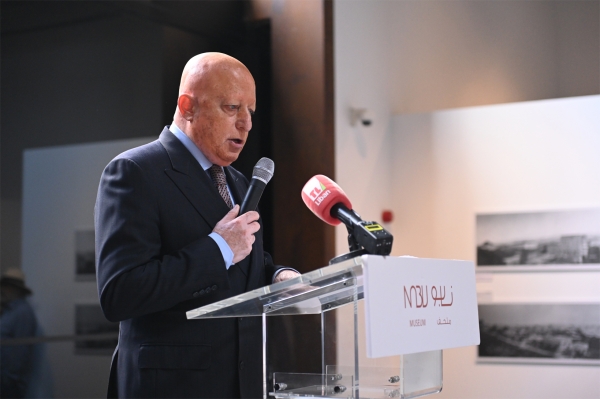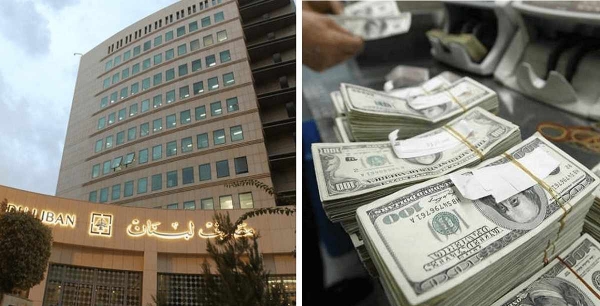Salary Scale : Funding Available without the need for Further Taxation-Amine Saleh
Since the end of the Civil War, more precisely since 1993, public salaries and wages have not been accorded even the slightest government attention.
It has become established that the public expenditure has ceased to be a type of consumption and to have a negative impact on economic life but it has rather assumed the nature of production that clearly affects the national income and activates the distribution of wealth and the realization of social and economic projects aimed at developing the national economy.
However, none of the Lebanese governments since 1993 has abided by the public spending rules or served its purposes, a fact best evidenced in the state budgets and its declared accounts, which are yet to be ratified.
Spending
According to the State’s financial accounts, which remain unapproved to date, the public spending has reached LBP 168589 billion between 1993 and 2011. Of this amount, 92.1%, equivalent to LBP 155411 billion, was assigned to consumer spending (ongoing), while infrastructure spending stood at LBP 13178 billion, i.e. only 7.8%, which justifies the decline in public utilities services, including electricity, water, health, education and road maintenance.
Public Debt Interests
Public loans (public debt) rank highest among the State’s sources of extraordinary funds (exceptional revenue). Nevertheless, the Lebanese governments in office since 1993 have both poorly chosen and misused these loans. Worse still, the public borrowing policy has resulted in catastrophic economic and social consequences including:
- Increase in Lebanon’s public debt, which has so far reached close to USD 64.8 billion, equivalent to 150% of national production.
- Increase in public debt interest rates, with the interest increasing to nearly LBP 69,578 between 1993 and 2010, accounting for 45% of total budgetary spending which stood at LBP 154,533 billion by 2010 and 70% of the state revenue which amounted to LBP 100,870 billion during the same period. It is noteworthy that this percentage has hit a high of 99% in certain years (1997, 2000, 2001).
Decrease in Social Spending
Successive Lebanese governments have neglected spending on social and welfare issues. As a matter of fact, the available data reveals that the State’s expenditure on education, healthcare, social affairs, housing, culture, sports and media did not exceed 15% of the total public spending. Social spending from 2001 to 2005 inclusive stood at only LBP 6,944 billion out of LBP 44,749 billion. These low levels of social spending best attest that the governments are accountable for the failure of the adopted social policies.
Spending on Electricity
Up until 2010, Treasury transfers to Electricité du Liban reached roughly USD 12,503 million. A further USD 8,500 million is added in interest, thus pushing the total amount to USD 21,008 million (USD 21 billion).
While Lebanon’s wage bill and pensions are growing at a snail’s pace, by a percentage that sometimes hardly exceeds 1%, their share of public spending has been steadily declining, reaching 33% in contrast to 46% in 1993.
Between 1993 and 2010, LBP 49,645 billion was spent on public salaries and pensions, amounting to roughly 33% of budgetary spending, which totaled LBP 154,533 billion.
The salaries of both full-timers and temporary employees in the public sector amounted to LBP 2,439 billion in 2010, making up 17.5% of the total spending. Pensions stood at LBP 1,092 billion or roughly 7.8%, meaning that the actual pay and pensions, which constitute the real purchasing power, account for some 25.3% of the total budgetary spending.
The decline in the purchasing power of public salaries translates into decreases in the aggregate consumer demand and therefore curbs economic growth and can even lead to an economic downturn.
Taxation is levied on the gross pay of an employee while the net profit reaped by traders, industrialists or the self-employed is taxed based on real profit or lump sum profit (for example, 50% of a physician’s revenue is taxed). Real estate income is subject to a tax of only 12%.
Traders, industrialists and the self-employed are taxed on a sliding scale from 4% to 21% while financial companies shoulder a tax of 15% on average.
The pay of public sector employees is subject to the following deductions:
- Income tax fluctuating between 2% and 20% of gross receipts.
- Pension deductions fluctuating between 6% and 20% of gross receipts.
- NSSF contributions fluctuating between 3% and 20% of gross receipts.
In view of that reality, we suggest a number of reformative measures to address the problem:
- Tax System Reform
The financial situation in Lebanon requires the correction of all three components of the tax system: tax policy, tax legislation and tax management. Tax deductions stood at roughly 16% of Lebanon’s GDP in 2010 while in France, they accounted for 43% of GDP in 1992.
- Adoption of General Income Tax
Recent taxation trends suggest levying progressive tax on the gross income generated by individuals from economic activities.
- Correction of Value Added Tax (VAT)
Increasing Value Added Tax on luxury goods to 15%
- Correction of tax on income generated from movable capital
- Increasing the tax rate on the interest bracket not exceeding LBP 20 million annually from 5% to 15%.
- Eliminating tax exemptions on transferable shares and securities and subjecting the profits yielded from the cession to a 15% tax.
- Real Estate Sales
- Real Estate Improvement Tax
- Decreasing penalties
- Activating the Ministry of Finance’s tax collection system
- Tax legislation
Given that most of Lebanon’s tax laws date back to 1944 and 1959, it is only reasonable to recast these archaic laws in order to wipe away any ambiguity.
- Fighting tax evasion
- Fighting wasteful spending
Devising a new model for works and services concessions in order to prevent monopoly, increase prices and allow fair competition for everyone.
Abolishing all posts introduced in an illicit manner such as employment on a daily basis or on the basis of an invoice.
Address overstaffing by sacking surplus employees or reassigning them to the vacant posts according to the general employment rules.
- Abolishing pubic councils and funds
- Funding public and private institutions and municipalities
- Managing the State’s public and private property
With regard to public coastal property subject to investment, the annual occupation fee should be set at no less than 5% of the property’s sale value from the beginning of such occupation to date. Arrears can be paid in installments and the estimated permanent annual income shall be in no case below USD 1 billion and may rise at the same rate as price increases.
With regard to private property, particularly the Dbayeh project where the state owns 667,000 square meters, each at USD 5,000 to say the least, and which is worth roughly USD 3.5 billion in frozen assets, the state should invest in these assets either through sale or rent.
Income from Public Administrations and Institutions
The amounts transferred from Casino du Liban, the Lotto Libanais, Banque du Liban, the airport and the maritime port to the state treasury do not exceed LBP 422 billion and account for 3% of Lebanon’s budgetary revenues. This imperceptible number necessitates further examination of the budgets of these facilities to verify their income, expenditure and the share owed to the treasury. To the best of our knowledge, the treasury’s share of the Beirut Port revenues for the past few years amounts to no less than LBP 400 billion that are yet to be collected.
When enforced, these measures will bring in no less than USD 2 billion in revenue annually, an amount that can finance the salary scale without having to impose any new taxes.








Leave A Comment